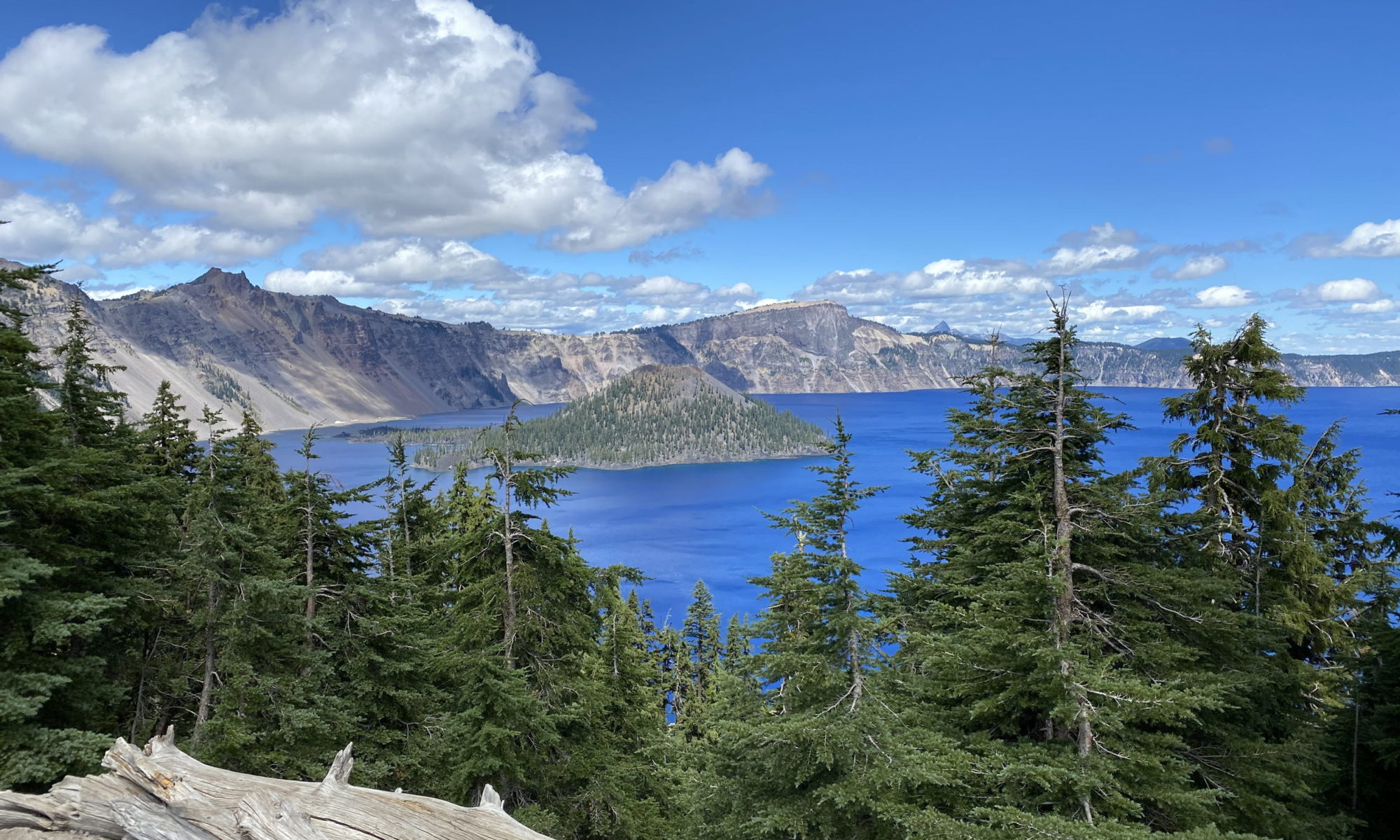So, November is two-thirds gone. We are somewhere in Arizona. I’m not saying where because my crazy family seems to want to know. We’ve been in this campground for over a month and should be through the end of the year. It’s getting colder – hopefully January we will be somewhere a bit warmer. The bedroom slide is still “maybe”. We went in for an oil change on the almost 10-year-old truck and came out with a newish 2024 truck. Well, it took a week or so to get it delivered, etc.
Projects abound as usual. And as if that wasn’t enough, we took the truck in for an oil change and ended up buying a new truck. Old Blue was fast approaching 10 years old and there was a pretty good sale on end of season 2024 models. We got basically the same truck with all the new bells and whistles. We are still “remote sorting” out the title and registration transfers with the home state. And there were all the customizations we did with Blue that we needed to get done, again. I ordered Roadmaster tow mounts and taillight wiring. With this truck at least, Ford left a connector in the engine compartment for hooking up to taillights. One of the few things they did to make the process easy. Phil and I took a serious look (started even) at installing the tow mounts ourselves – but I chose to call in the a mobile RV tech to help. In order to install the mounts, much of the front plastic and bumper have to be removed. Our tech had done it before and he was willing to let us work on it all with him, saving time and money. I rarely pay to get this kind of work done, but in this case, I think it was money well spent.
But it was only the beginning. We run a front and rear dash cam. We install 2 magnetic phone charger mounts, plus a GMRS radio. And, or course, the RVBrake needed the breakaway switch wire and power to operate. I search and searched for a way to attach to an appropriate fuse for battery and accessory power and finally gave up. Ford simple doesn’t make it easy unless you buy one of the high-end trucks with upfitter switches and circuits pre-installed. Thus, I gathered up wire, a good quality relay, a fuse circuit tap, a couple of in-line fuses, a bunch of split wrap and a handful of tie-wraps. I pulled ignition signal via a fuse tap, and used it to operate a relay to provide 12V to all the accessories (each with its own appropriate fuse). I ran all the wire plus the antenna cable for the radio across the engine compartment and through the firewall together, then distributed as needed. I put a 12 volt plus USB distribution box on the side of the center console, passenger side to split out power for everything except the RVBrake which gets straight from battery 12V.
Add in seat covers, floor mats, under rear seat storage organizer, bed cover, and mud flaps. Enough is enough!! We do like the truck and are still learning all the new tech. It’s a nice truck. Lots of electronic enhancements. Oh, so quiet plus some self driving abilities.
Well, there is one more. Ok, two… we put a plastic rock chip protector on the hood. This was from Weathertech. The instructions said to wash the hood, then wipe down the area that would be covered with an included solvent. The idea was to remove any wax before attaching the protector with VHB tape. The problem was, our truck had been coated with a special coating (Permaplate). The solvent attacked the coating, causing it to peel up. I bitched to Weathertech and got “gee, we are sorry but that’s life” response. I was not happy but the protector covered up the ruined coating. So beware of any product that wants you to “apply a cleaner” so their tape sticks better. I assumed it was just alcohol but contained four much worse solvents.
While worrying about rock chips (Blue did have some chips, but we don’t really know if they were from being towed or just driving). We first made a decision to add a full-width rock guard on the back of the RV – ordered one, then went “geesh!, the damn thing weighs 60+ pounds and that is before I would have to buy an 8-foot piece of angle iron and various bits of mounting hardware. We took a good look at our existing RV mud flaps (to short, too narrow) and chose to cut up the rock guard we bought and use pieces to replace the RV’s mud flaps. We ended up using about half of the ordered rock guard with no extra hardware.
Other misc…. I installed a small thermostat and three ultra-quiet fans to cool the electronics space behind the bedroom TV. Between Starlink and the Pepwave router and the sun on the outside of the RV it gets quite warm. The thermostat died, leaving the compartment to get warm and the Pepwave to start rebooting every few minutes. I hot-wired the fans then installed a fourth fan to blow directly on the Pepwave and all is well. I have ordered another thermostat and will be cleaning up all the wiring in that cabinet soon.
Janessa and I’ve made some progress on the telescopes. Got mine almost working in every way. We used her Dwarf II to take some deep sky picts as well as some panoramas of the Grand Canyon.











